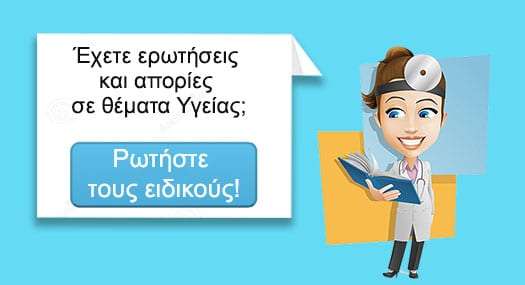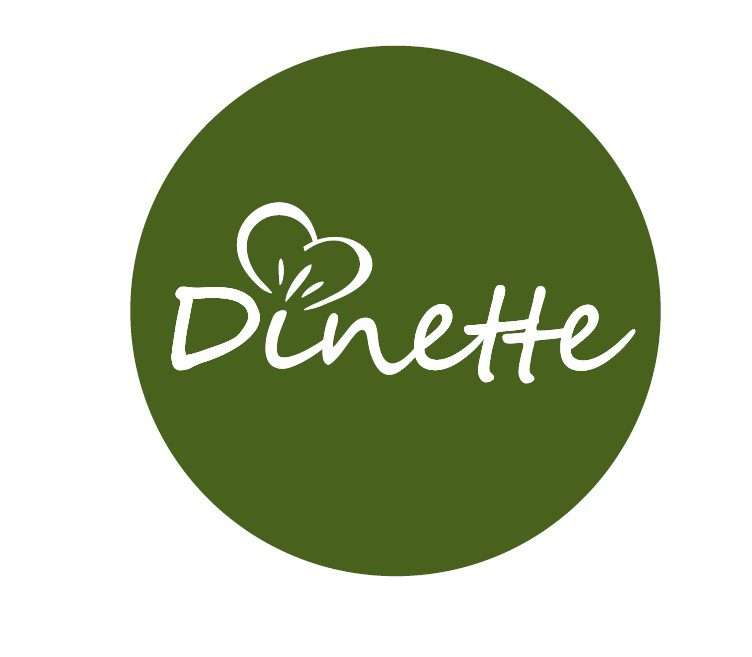Addiction

Definition
Addiction is a persistent, compulsive dependence on a behavior or substance. The term has been partially replaced by the word dependence for substance abuse. Addiction has been extended, however, to include mood-altering behaviors or activities. Some researchers speak of two types of addictions: substance addictions (for example, alcoholism, drug abuse, and smoking); and process addictions (for example, gambling, spending, shopping, eating, and sexual activity). There is a growing recognition that many addicts, such as polydrug abusers, are addicted to more than one substance or process.
Description
Addiction is one of the most costly public health problems in the United States. It is a progressive syndrome, which means that it increases in severity over time unless it is treated. Substance abuse is characterized by frequent relapse, or return to the abused substance. Substance abusers often make repeated attempts to quit before they are successful.
The economic cost of substance abuse in the United States exceeds $414 billion, with health care costs attributed to substance abuse estimated at more than $114 billion.
By eighth grade, 52% of adolescents have consumed alcohol, 41% have smoked tobacco, and 20% have smoked marijuana. Compared to females, males are almost four times as likely to be heavy drinkers, nearly one and a half more likely to smoke a pack or more of cigarettes daily, and twice as likely to smoke marijuana weekly. However, among adolescents these gender differences are not as pronounced and girls are almost as likely to abuse substances such as alcohol and cigarettes. Although frequent use of tobacco, cocaine and heavy drinking appears to remain stable in the 1990s, marijuana use has increased.
An estimated four million Americans over the age of 12 used prescription pain relievers, sedatives, and stimulants for “nonmedical” reasons during one month.
In the United States, 25% of the population regularly uses tobacco. Tobacco use reportedly kills 2.5 times as many people each year as alcohol and drug abuse combined. According to data from the World Health Organization, there were 1.1 billion smokers worldwide and 10,000 tobacco-related deaths per day. Furthermore, in the United States, 43% of children aged 2-11 years are exposed to environmental tobacco smoke, which has been implicated in sudden infant death syndrome, low birth weight, asthma, middle ear disease, pneumonia, cough, and upper respiratory infection.
Eating disorders, such as anorexia nervosa, bulimia nervosa, and binge eating, affect more than five million American women and men. Fifteen percent of young women have substantially disordered attitudes toward eating and eating behaviors. More than 1,000 women die each year from anorexia nervosa.
A Harvard study found that an estimated 15.4 million Americans suffered from a gambling addiction. More than one-half (7.9 million) were adolescents.
Causes and symptoms
Addiction to substances results from the interaction of several factors:
Drug chemistry
Some substances are more addictive than others, either because they produce a rapid and intense change in mood; or because they produce painful withdrawal symptoms when stopped suddenly.
Genetic factor
Some people appear to be more vulnerable to addiction because their body chemistry increases their sensitivity to drugs. Some forms of substance abuse and dependence seem to run in families; and this may be the result of a genetic predisposition, environmental influences, or a combination of both.
Key terms
Addictive personality — A concept that was formerly used to explain addiction as the result of pre-existing character defects in individuals.
Process addiction — Addiction to certain mood-altering behaviors, such as eating disorders, gambling, sexual activity, overwork, and shopping.
Tolerance — A condition in which an addict needs higher doses of a substance to achieve the same effect previously achieved with a lower dose.
Withdrawal — The unpleasant, sometimes life-threatening physiological changes that occur, due to the discontinuation of use of some drugs after prolonged, regular use.
Brain structure and function
Using drugs repeatedly over time changes brain structure and function in fundamental and long-lasting ways. Addiction comes about through an array of changes in the brain and the strengthening of new memory connections. Evidence suggests that those long-lasting brain changes are responsible for the distortions of cognitive and emotional functioning that characterize addicts, particularly the compulsion to use drugs. Although the causes of addiction remain the subject of ongoing debate and research, many experts now consider addiction to be a brain disease: a condition caused by persistent changes in brain structure and function. However, having this brain disease does not absolve the addict of responsibility for his or her behavior, but it does explain why many addicts cannot stop using drugs by sheer force of will alone.
Scientists may have come closer to solving the brain’s specific involvement in addiction in 2004. Psychiatrists say they have found the craving center of the brain that triggers relapse in addicts. The anterior cingulated cortex in the frontal lobe of the brain is the area responsible for long-term craving in addicts. Knowing the area of the brain from which long-term cravings come may help scientists pinpoint therapies.
Social learning
Social learning is considered the most important single factor in addiction. It includes patterns of use in the addict’s family or subculture, peer pressure, and advertising or media influence.
Availability
Inexpensive or readily available tobacco, alcohol, or drugs produce marked increases in rates of addiction.
Individual development
Before the 1980s, the so-called addictive personality was used to explain the development of addiction. The addictive personality was described as escapist, impulsive, dependent, devious, manipulative, and self-centered. Many doctors now believe that these character traits develop in addicts as a result of the addiction, rather than the traits being a cause of the addiction.
Diagnosis
In addition to a preoccupation with using and acquiring the abused substance, the diagnosis of addiction is based on five criteria:
loss of willpower
harmful consequences
unmanageable lifestyle
tolerance or escalation of use
withdrawal symptoms upon quitting
Treatment
Treatment requires both medical and social approaches. Substance addicts may need hospital treatment to manage withdrawal symptoms. Individual or group psychotherapy is often helpful, but only after substance use has stopped. Anti-addiction medications, such as methadone and naltrexone, are also commonly used. A new treatment option has been developed that allows family physicians to treat heroine addiction from their offices rather than sending patients to methadone clinics. The drug is called buprenorphine (Suboxone).
Researchers continue to work to identify workable pharmacological treatments for various addictions. In 2004, clinical trials were testing a number of drugs currently in use for other diseases and conditions to see if they could be used to treat addiction. This would speed up their approval by the U.S. Food and Drug Administration (FDA). For example, cocaine withdrawal is eased by boosting dopamine levels in the brain, so scientists are studying drugs that boost dopamine, such as Ritalin, which is used to treat attention-deficit hyperactivity disorder, and amantadine, a drug used for flu and Parkinson’s diease.
The most frequently recommended social form of outpatient treatment is the twelve-step program. Such programs are also frequently combined with psychotherapy. According to a recent study reported by the American Psychological Association (APA), anyone, regardless of his or her religious beliefs or lack of religious beliefs, can benefit from participation in 12-step programs such as Alcoholics Anonymous (AA) or Narcotics Anonymous (NA). The number of visits to 12-step self-help groups exceeds the number of visits to all mental health professionals combined. There are twelve-step groups for all major substance and process addictions.
The Twelve Steps are:
Admit powerlessness over the addiction.
Believe that a Power greater than oneself could restore sanity.
Make a decision to turn your will and your life over to the care of God, as you understand him.
Make a searching and fearless moral inventory of self.
Admit to God, yourself, and another human being the exact nature of your wrongs.
Become willing to have God remove all these defects from your character.
Humbly ask God to remove shortcomings.
Make a list of all persons harmed by your wrongs and become willing to make amends to them all.
Make direct amends to such people, whenever possible except when to do so would injure them or others.
Continue to take personal inventory and promptly admit any future wrongdoings.
Seek to improve contact with a God of the individual’s understanding through meditation and prayer.
Carry the message of spiritual awakening to others and practice these principles in all your affairs.
Prognosis
The prognosis for recovery from any addiction depends on the substance or process, the individual’s circumstances, and underlying personality structure. Polydrug users have the worst prognosis for recovery.
Prevention
The most effective form of prevention appears to be a stable family that models responsible attitudes toward mood-altering substances and behaviors. Prevention education programs are also widely used to inform the public of the harmfulness of substance abuse.
Resources
Books
Robert Wood Johnson Foundation. Substance Abuse: The Nation’s #1 Problem. Princeton, N.J., 2001.
Periodicals
Kalivas, Peter. “Drug Addiction: To the Cortex … and Beyond.” The American Journal of Psychiatry 158, no. 3 (March 2001).
Kelly, Timothy. “Addiction: A Booming $800 Billion Industry.” The World and I (July 1, 2000).
Leshner, Alan. “Addiction is a Brain Disease.” Issues in Science and Technology 17, no. 3 (April 1, 2001).
“A New Office-based Treatment for Prescription Drug and Heroin Addiction.” Biotech Week (August 4, 2004): 219.
“Research Brief: Source of Addiction Identified.” GP (July 19, 2004): 4.
“Scientists May Use Existing Drugs to Stop Addiction.” Life Science Weekly (Sepember 21, 2004): 1184.
Organizations
Al-Anon Family Groups. Box 182, Madison Square Station, New York, NY 10159. http://www.Al-AnonAlateen.org.
Alcoholics Anonymous World Services, Inc. Box 459, Grand Central Station, New York, NY 10163. http://www.alcoholics-anonymous.org.
American Anorexia Bulimina Association. http://www.aabainc.org.
American Psychiatric Association. ?http://www.pscyh.org?.
Center for On-Line Addiction. http://www.netaddiction.com.
eGambling: Electronic Joural of Gambling Issues. http://www.camh.net/egambling/main.html.
National Alliance on Alcoholism and Drug Dependence, Inc. 12 West 21st St., New York, NY 10010. (212) 206-6770.
National Center on Addiction and Substance Abuse at Columbia University. http://www.casacolumbia.org.
National Clearinghouse for Alcohol and Drug Information. http://www.health.org.
National Institute on Alcohol Abuse and Alcoholism (NIAAA). 6000 Executive Boulevard, Bethesda, Maryland 20892-7003. http://www.niaaa.nih.gov.
Gale Encyclopedia of Medicine. Copyright 2008 The Gale Group, Inc. All rights reserved.
thefreedictionary.com/


